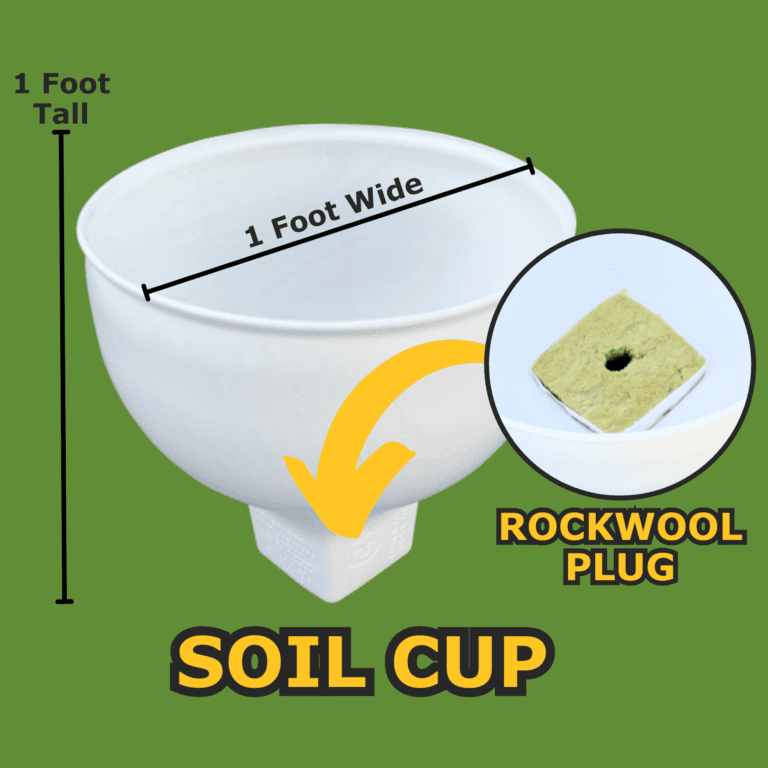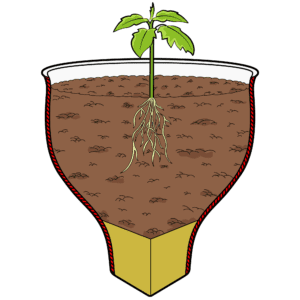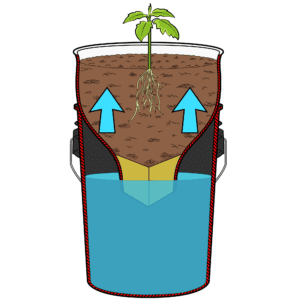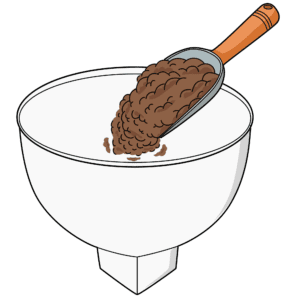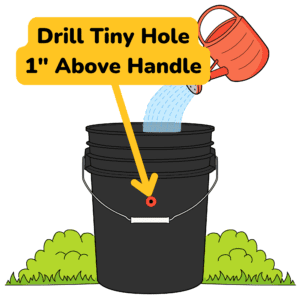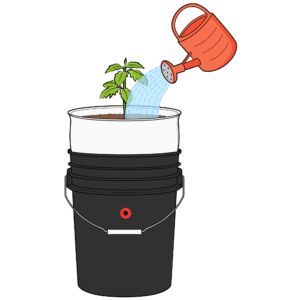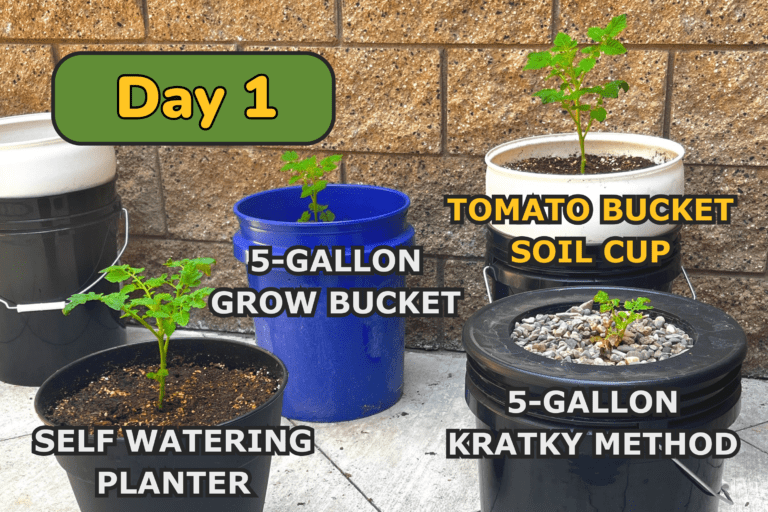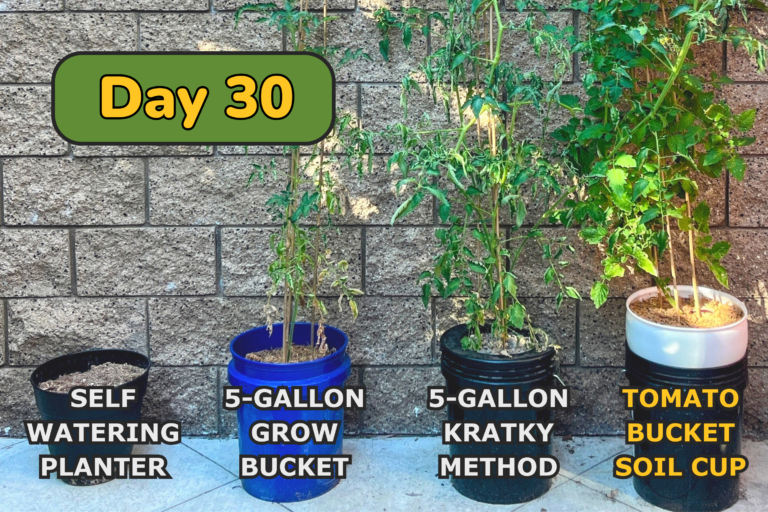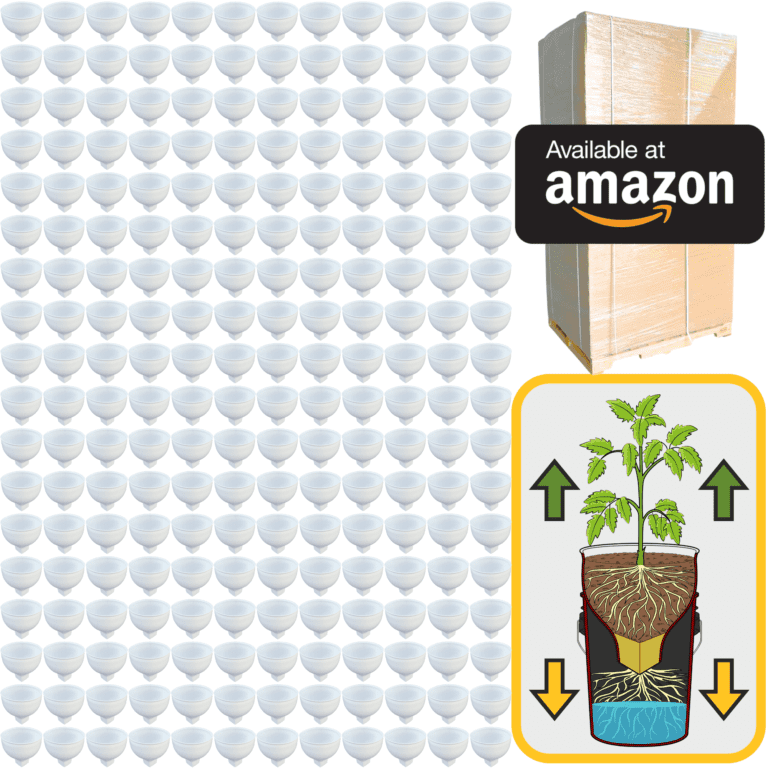Pests and diseases are part of the natural world, and when growing cannabis, it’s inevitable that at some point, you’ll encounter a few of them. But learning how to recognize, prevent, and manage these issues can make all the difference. Healthy cannabis plants are naturally resilient, so a strong foundation—good soil, balanced nutrients, proper watering, and ample airflow—goes a long way in keeping them safe. A robust, healthy plant is much less inviting to pests and pathogens, and it’s better equipped to bounce back if they do appear. By focusing on prevention and building a solid environment, you’re setting yourself up for success and giving your plants the best chance to thrive.
The first step in pest management is simply getting to know your plants. Regularly observing your plants is a habit that will help you catch any signs of trouble early on, whether it’s a discoloration on the leaves, a tiny insect, or a change in growth patterns. Daily check-ins, even if they’re brief, allow you to spot issues before they become major problems. Most pests start small but can multiply quickly if left unchecked. It might be something as simple as a few black fungus gnats buzzing around the soil, a common sight in overly moist conditions. Fungus gnats lay eggs in damp soil, and their larvae feed on plant roots, which can stunt growth. If you notice these tiny flies, try letting the top layer of soil dry out between waterings to break their lifecycle. Sticky traps are also useful for catching adult gnats, and adding a light layer of sand to the top of the soil can discourage them from laying eggs.
Another pest you might encounter is the spider mite, a tiny creature that feeds on plant sap and is notorious for spreading quickly in warm, dry environments. Spider mites leave behind tiny yellow or white speckles on the leaves as they suck out nutrients, and if they go unchecked, they’ll cover your plants with fine webbing. A slight increase in humidity and improved airflow can help keep them away, as they prefer dry conditions. If you do spot them early, spraying your plants with water can help wash them off before they become established. Predatory insects like ladybugs can also help manage spider mites in a natural way, providing a balance without needing to use any chemicals.
Aphids are another pest that can occasionally show up in a cannabis garden. These small, soft-bodied insects gather on the undersides of leaves and along stems, where they feed on the plant’s sap, weakening it over time. They come in various colors, including green, black, and pink. A mild soap and water spray can reduce aphid numbers if they start to become a problem, and beneficial insects like ladybugs or lacewings are natural aphid predators. If you’re growing outdoors, encouraging these natural helpers can be one of the simplest ways to keep aphids at bay. Indoors, neem oil can act as a preventive measure, though it’s best used sparingly and only during the vegetative stage, as it can affect the taste of the buds.
Fungal issues can be particularly troublesome, especially in high-humidity environments. One common fungus, powdery mildew, looks like a white dusting on leaves and stems. Powdery mildew can spread quickly and affect a plant’s ability to photosynthesize. It’s most often seen in crowded spaces with poor airflow, so maintaining a well-ventilated area is a good preventive step. If you see the early signs of powdery mildew, wiping the affected areas with a diluted milk solution or a mild baking soda spray can help slow its spread. Keeping humidity in check and providing ample space between plants are effective ways to avoid powdery mildew altogether.
Bud rot, or Botrytis, is another fungal disease that can be devastating, especially late in the flowering stage when buds are dense and moisture can become trapped inside. Bud rot starts deep within the bud, often going unnoticed until it has already caused significant damage. The best defense against bud rot is prevention. Keep humidity low and ensure good air circulation around your plants, particularly as they reach maturity. Regularly inspecting the buds, especially in humid weather, can help you catch any signs early. If you spot any affected areas, it’s crucial to remove them immediately to prevent the spread, as bud rot can ruin an entire flower if left unchecked.
A holistic approach to pest and disease management, often called Integrated Pest Management (IPM), focuses on prevention and creating a balanced environment rather than simply reacting to problems as they arise. IPM includes setting up a strong foundation for plant health, choosing quality soil, practicing good hygiene, and using natural methods to keep pests in check. One effective method in IPM is to introduce beneficial insects like ladybugs or predatory mites. These natural allies feed on pests like aphids and spider mites, providing a chemical-free way to maintain balance in your garden. When beneficial insects are part of your garden ecosystem, they help manage pests before they can become an issue, reducing the need for any interventions.
In addition to biological controls, cultural practices play a huge role in IPM. If you’re growing outdoors, rotating crops and not planting cannabis in the same location year after year can help prevent pests and diseases from establishing a foothold in the soil. Indoors, it’s essential to thoroughly clean your grow space between each grow cycle, removing any dead plant material and disinfecting surfaces to eliminate any lingering pests or spores. By maintaining ideal temperature, humidity, and airflow, you’re creating an environment that naturally deters many common issues and supports healthy plant growth.
Encountering pests or disease is part of the journey, and each challenge will teach you something new about your plants and how to support them. Over time, you’ll get a feel for what your plants need, noticing small signs and understanding what they’re asking for. By being observant and proactive, you’re not just preventing problems—you’re creating a garden that’s resilient, vibrant, and capable of withstanding the occasional challenge. Growing cannabis is as much about working with nature as it is about mastering cultivation techniques, and pest management is one of the ways you learn to read and respond to your plants.
When you approach pest and disease management from a place of patience and understanding, it becomes less of a chore and more of a part of the relationship you’re building with your garden. Each issue you overcome deepens your connection to the plants and strengthens your skill as a grower. Over time, you’ll find that the effort you put into creating a balanced environment pays off in healthier plants, better yields, and a stronger understanding of how to nurture life. And as your garden flourishes, free from pests and disease, you’ll feel the satisfaction of knowing that your care and attention have created a space where cannabis can grow to its fullest potential. This journey of learning and adapting, of observing and responding, is what makes cannabis cultivation not just a task, but a truly rewarding experience.

